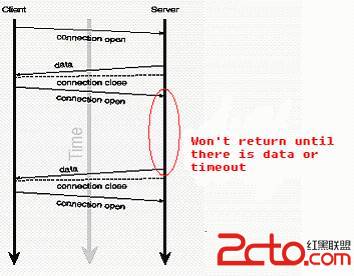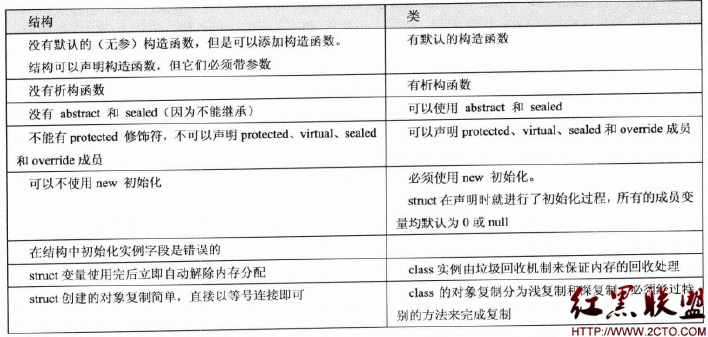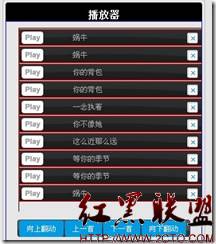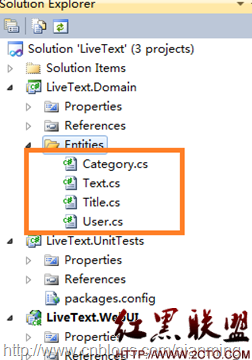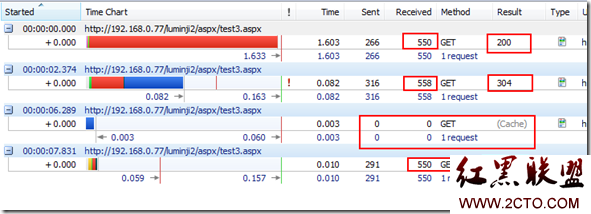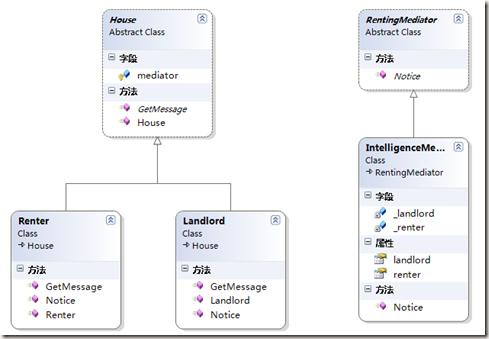当前位置:编程学习 > asp >>
答案:In Part 1 we discussed how the Web server's regional settings (editable by the Administrator through the Control Panel's Regional Options icon) affect the output of VBScript's Format functions. In this part we'll look at using the Session.LCID property to change this default locale on a user-by-user (or Web page-by-Web page) basis! <br>
<br>
Setting the Locale ID on a User-by-User Basis:<br>
While the default locale setting dictates the output of the Format functions, what if you want to have the output differ based on the person visiting the page? (Perhaps you run a site where the user can customize the output or content presented, a site like My Yahoo! or any of the other customizable portals.) One option is to use the LCID property of the Session object (LCID stands for Locale Identifier). For example, you can specify the Locale for a particular user to be Estonian by using the following code: <br>
<br>
Session.LCID = 1061 'Estonian Locale ID <br>
<br>
<br>
Now, you may be wondering how in the world I knew that Estonian's LCID was 1061. The 易做图st way is to consult Microsoft's LCID table. This handy table contains a listing of all of the various locales and their associated IDs. By simply changing this locale ID, the output for the VBScript Format functions will change for the particular user. Using this property you can automatically have the Format functions' output change based on the user's LCID. <br>
<br>
One thing to be wary of is currency issues. For example, if I am running an English eCommerce site and have my Web server's regional settings set to English - United States by default, I may have some code that looks like this: <br>
<br>
Shoes cost: <%=FormatCurrency(45.56)%> <br>
<br>
<br>
Since, in this hypothetical example, I run an eCommerce site in the US, I mean that the cost for the shoes are 45 dollars and 56 cents. However, if set a user's Session.LCID property to, say, 2057 (English - United Kingdom), the shoes would appear to cost 45.56 pounds! Therefore, if you plan on altering the LCID settings I strongly encourage that you do not use the FormatCurrency function or, if you do, that instead of passing a hard-coded value into the function you pass in the result of some currency exchange rate calculation function: <br>
<br>
Shoes cost: <%=FormatCurrency(ConvertFromDollars(45.56))%> <br>
<br>
<br>
The ConvertFromDollar function would then consult the Session.LCID property to determine what currency we were converting our dollars to. (You would then need to use some component like iisCARTex to perform the actual currency conversion.) <br>
<br>
Setting the Locale ID on a Page-by-Page Basis:<br>
You can also specify the LCID for an entire ASP page instead of on a user-by-user basis. For example, if you had a Web page on your site that, for some reason, you wanted to always use the Hebrew formatting style (LCID 1037) you could do so via the @LCID directive. As with the other ASP directives (@LANGUAGE, @ENABLESESSIONSTATE, etc.), the @LCID directive must appear before any ASP or HTML code. For example, to set an ASP page's LCID to 1037 (Hebrew), we could use the following code: <br>
<br>
<%@LCID=1037%> <br>
<br>
<br>
or, if we wished to specify multiple directives, we could do: <br>
<br>
<%@LANGUAGE="VBSCRIPT" LCID=1037%> <br>
<br>
<br>
That's all there is to it! <br>
<br>
Conclusion:<br>
In this article we examined how to set the default locale settings through the Regional Options icon in the Web server's Control Panel. This locale default determines how VBScript's Format functions produce their output. Any locale setting can be fully customized for a very unique look and feel for representing numbers, dates and times, and currencies. ASP also provides a Locale ID on both a user-by-user basis and a page-by-page basis. To specify a locale ID (LCID) for a particular user, set the Session.LCID property to the appropriate numeric ID. To set the LCID for a particular ASP page, use the @LCID directive. (For a listing of the various LCIDs and their respective values, check out the LCID table.) <br>
<br>
Happy Programming! <br>
<br>
上一个:利用On Error Resume Next来验证日期的输入(ASP 3.0)
下一个:Using the Locale Identifier (LCID) (1)
- 更多asp疑问解答:
- asp正则过滤重复字符串的代码
- 用asp过滤全部html但保留br类似的符号
- 会asp,但感觉asp要过点,想学php。但我一般做的都是小公司的站,用access数
- PHP的空间可以用ASP的源代码吗?
- 以前做asp程序,现在应该怎样发展?是学.net还是php
- 以前做asp程序,现在应该怎样发展?是学.net还是php
- 想做一个市级的人才网acess,sql数据库,语言asp,jsp,php分别用哪种好
- jsp,asp,php 区别
- 我想找一个有比较多漏洞的网站的源码,比如可以asp,php注入等都可以。供学习研究用。请提供下载地址。。
- 现在候找人做个网站,用ASP,还是PHP语言去做好
- asp,php ,jsp,.net 对于做网站前台的重要吗?
- asp和php的区别是什么?
- 我是新手SEO菜鸟 请问wp dw php asp cms myspl dede 这些软件应该如何区分呀?
- 网页制作相关的三种语言:ASP JSP PHP那个好点,简单点?
- 网页制作相关的三种语言:ASP JSP PHP那个好点,简单点?
